Home>Renovation & DIY>Tools & Equipment>How To Use Magnetic Stud Finder
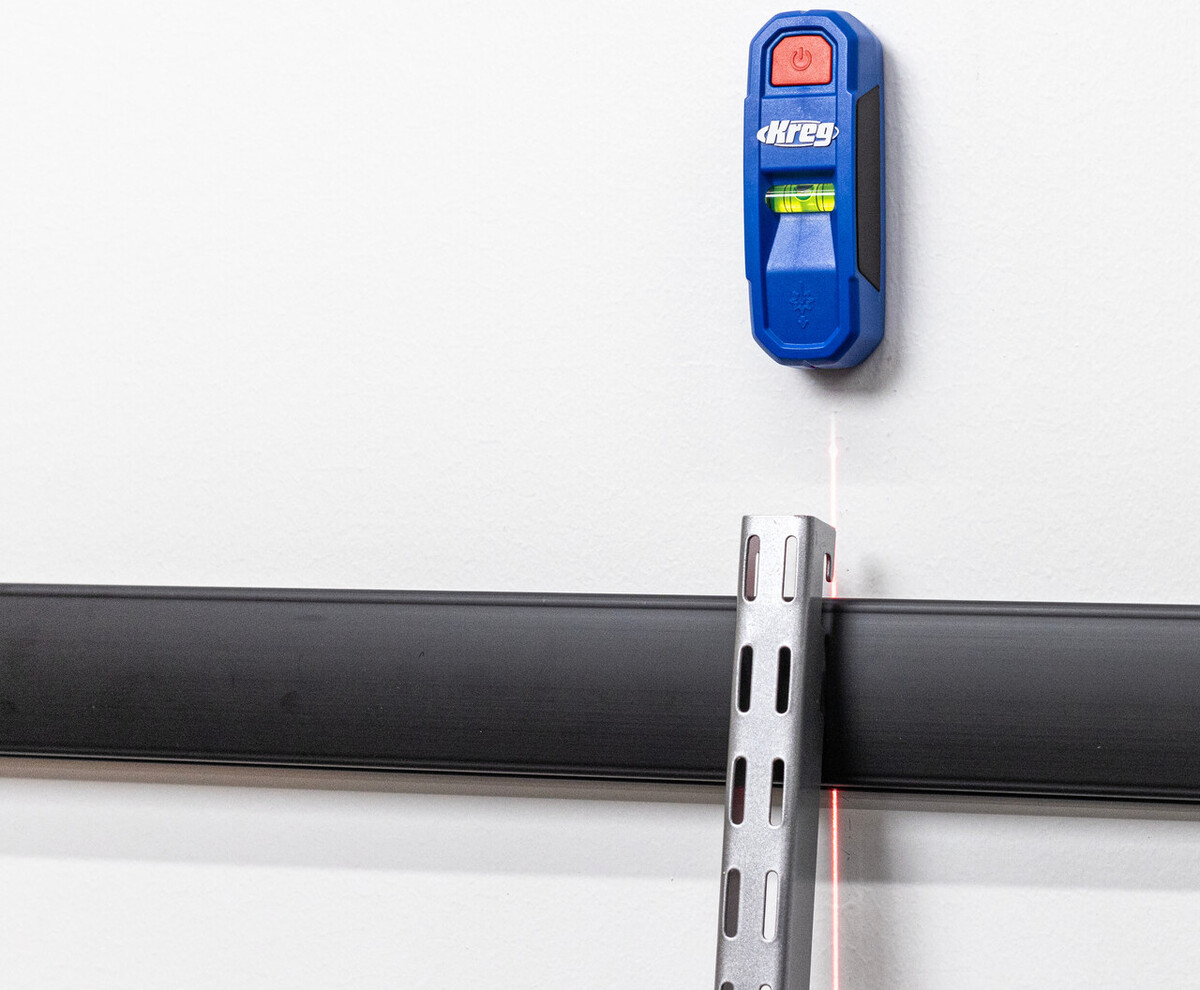

Tools & Equipment
How To Use Magnetic Stud Finder
Modified: January 4, 2024
Learn how to effectively use a magnetic stud finder for accurate and efficient wall stud detection. Find out the best techniques and tips for using this essential tool in your home improvement projects. Ideal for DIY enthusiasts and professionals in the tools and equipment industry.
(Many of the links in this article redirect to a specific reviewed product. Your purchase of these products through affiliate links helps to generate commission for Storables.com, at no extra cost. Learn more)
Introduction
Welcome to the world of DIY home improvement! Whether you're a seasoned DIY enthusiast or a novice looking to hang a new piece of art or install a shelf, having the right tools at your disposal is crucial. One such tool that can make your life a whole lot easier is the magnetic stud finder.
In the realm of home improvement, finding a stud in the wall is a fundamental task. It's the first step in hanging heavy items securely and ensuring that your fixtures are robust and long-lasting. Magnetic stud finders are simple yet invaluable devices that aid in locating the metal fasteners or nails that secure drywall to the studs behind the wall.
In this comprehensive guide, we will delve into the ins and outs of magnetic stud finders, from understanding how they work to effectively using them for your projects. Whether you're a DIY enthusiast, a homeowner, or a professional contractor, this guide will equip you with the knowledge and skills needed to make the most of this essential tool.
So, let's roll up our sleeves and embark on a journey to demystify the magnetic stud finder and discover how it can simplify your home improvement endeavors.
Key Takeaways:
- Magnetic stud finders are like magic wands for finding studs in walls. They use magnets to detect metal fasteners, making them reliable and easy to use, perfect for DIY projects.
- Before using a magnetic stud finder, gather your tools, clear the area, and understand the wall composition. Remember to apply consistent pressure and verify findings for accurate stud location.
Read more: How To Use Dewalt Stud Finder
Understanding Magnetic Stud Finders
Before diving into the practical aspects of using a magnetic stud finder, it's essential to grasp the underlying principles of how this nifty device operates. At its core, a magnetic stud finder relies on the presence of metal fasteners, typically nails or screws, to detect the location of studs within a wall.
Unlike electronic stud finders that use sensors to detect changes in wall density, magnetic stud finders work on a simpler premise. They contain a small but powerful magnet that is attracted to the metal fasteners used to secure the drywall to the studs. When the magnet encounters one of these fasteners, it reacts by pulling towards the wall, indicating the presence of a stud.
One of the key advantages of magnetic stud finders is their reliability. Since they detect the actual metal fasteners used in construction, they are not affected by variations in wall density or the presence of electrical wiring or plumbing, which can sometimes confound electronic stud finders.
Moreover, magnetic stud finders are incredibly easy to use and require no calibration or batteries, making them a convenient and fuss-free option for both professionals and DIY enthusiasts.
It's important to note that while magnetic stud finders excel at locating metal fasteners, they may not always provide precise information about the exact width or edges of a stud. Therefore, it's advisable to complement the use of a magnetic stud finder with visual cues, such as measuring from known reference points, to ensure accurate stud placement for your projects.
By understanding the fundamental workings of magnetic stud finders, you can appreciate their simplicity, reliability, and the specific scenarios in which they offer distinct advantages over electronic alternatives. Armed with this knowledge, you're ready to move on to the practical aspects of preparing to use a magnetic stud finder.
Preparing to Use a Magnetic Stud Finder
Before you begin using a magnetic stud finder, it's essential to prepare the work area and familiarize yourself with the basic steps to ensure a smooth and effective stud-finding process. Here are the key preparatory measures to take:
- Gather the Necessary Tools: In addition to the magnetic stud finder, gather a pencil, a measuring tape, and any other tools you may need for your project. Having these items within reach will streamline the process and help you mark the stud locations accurately.
- Clear the Area: Clear the wall or surface where you intend to locate the studs. Remove any obstructions, such as wall hangings or furniture, to provide unobstructed access for the stud finder.
- Understand Wall Composition: If possible, familiarize yourself with the composition of the wall. While magnetic stud finders are effective on drywall, they may encounter challenges when used on walls with multiple layers or unconventional materials. Knowing the wall composition can help you anticipate potential obstacles.
- Identify the Wall Material: Determine the type of wall material you will be working with. Magnetic stud finders are designed for use on drywall, so if you are dealing with other materials such as plaster, masonry, or tile, you may need alternative methods for locating studs.
- Check for Interference: Assess the wall for potential sources of interference, such as electrical outlets, switches, or fixtures. While magnetic stud finders are not typically affected by electrical wiring, it's prudent to be aware of these elements and exercise caution when working around them.
By taking these preparatory steps, you set the stage for a successful and efficient stud-finding process. With the work area cleared and the necessary tools at hand, you can proceed confidently to use the magnetic stud finder to pinpoint the location of studs within the wall.
When using a magnetic stud finder, move it slowly along the wall and pay attention to where it “sticks” – this indicates the presence of a metal screw or nail, which likely means there’s a stud behind that spot.
Using the Magnetic Stud Finder
Now that you've prepared the work area and familiarized yourself with the basics, it's time to put the magnetic stud finder to use. Follow these steps to effectively locate studs within your wall:
- Position the Stud Finder: Hold the magnetic stud finder against the wall at the desired starting point. Ensure that the device is positioned vertically or horizontally, depending on your preference and the orientation of the studs.
- Start the Search: Slowly slide the stud finder across the wall, maintaining gentle and consistent pressure. As you move the stud finder, pay attention to any subtle movements or tugs, which indicate the presence of metal fasteners securing the drywall to the studs.
- Mark the Location: When the stud finder reacts to a metal fastener, use a pencil to mark the spot. Repeat this process at multiple points along the wall to confirm the presence and trajectory of the stud.
- Verify Stud Placement: Once you've marked the potential stud locations, use a measuring tape to verify the spacing between the marks. Studs are typically spaced at regular intervals, often 16 or 24 inches apart, so consistent measurements can help confirm the accuracy of your findings.
- Double-Check with Visual Cues: While magnetic stud finders are reliable, it's beneficial to visually inspect the wall for other signs of stud placement, such as seams in the drywall or trim work. This additional confirmation can enhance the precision of your stud location markings.
By following these steps, you can effectively use a magnetic stud finder to pinpoint the location of studs within your wall. The process is straightforward and can be completed with ease, making it an accessible option for DIY enthusiasts and professionals alike.
Now that you've mastered the art of using a magnetic stud finder, let's explore some valuable tips to ensure that you make the most of this indispensable tool.
Tips for Effective Use
While magnetic stud finders are simple and reliable tools, incorporating the following tips into your stud-finding process can enhance accuracy and efficiency:
- Consistent Pressure: When using the stud finder, maintain a steady and consistent pressure against the wall. This helps ensure that the magnet can detect metal fasteners effectively without skipping over potential stud locations.
- Multiple Passes: Slide the stud finder across the wall in multiple directions to confirm the presence and trajectory of studs. This approach can provide a comprehensive understanding of the stud layout and minimize the chances of overlooking a crucial stud.
- Calibrate Your Movements: If you encounter a metal fastener, take note of its position and adjust your scanning pattern accordingly. By calibrating your movements based on the detected fasteners, you can hone in on the precise location of studs with greater accuracy.
- Verify with Tapping: After marking potential stud locations, lightly tap the wall to listen for solid, dense areas, which indicate the presence of a stud. This auditory confirmation can complement the findings of the magnetic stud finder.
- Combine Methods: While magnetic stud finders are reliable, combining their use with electronic stud finders or visual cues, such as measuring from known reference points, can provide a comprehensive and cross-verified understanding of stud locations.
By incorporating these tips into your stud-finding process, you can maximize the effectiveness of the magnetic stud finder and ensure precise and reliable results for your projects.
Read more: How To Use Stud Finder
Conclusion
Congratulations! You've now gained a comprehensive understanding of magnetic stud finders and how to effectively utilize them for your home improvement projects. Armed with this knowledge, you can confidently tackle tasks that involve locating studs within walls, whether it's hanging shelves, mounting TVs, or installing cabinets.
By delving into the fundamental principles of magnetic stud finders, you've uncovered the simplicity and reliability of these devices. Their ability to detect metal fasteners with precision, coupled with their ease of use and lack of reliance on batteries or calibration, makes them an invaluable addition to any DIY enthusiast's toolkit.
As you embark on your next project, remember to prepare the work area, position the stud finder correctly, and use a systematic approach to mark and verify stud locations. By incorporating the tips for effective use, such as applying consistent pressure and verifying findings through additional methods, you can ensure accuracy and confidence in your stud-finding process.
Ultimately, the magnetic stud finder empowers you to approach your home improvement endeavors with assurance and precision. It simplifies the often daunting task of locating studs within walls, allowing you to execute your projects with efficiency and professionalism.
So, the next time you pick up your magnetic stud finder, envision it as your trusted ally, simplifying the process of finding studs and laying the foundation for your home improvement aspirations. With this essential tool at your disposal, you're well-equipped to bring your creative visions to life and transform your living spaces with confidence and expertise.
Happy DIY-ing!
Frequently Asked Questions about How To Use Magnetic Stud Finder
Was this page helpful?
At Storables.com, we guarantee accurate and reliable information. Our content, validated by Expert Board Contributors, is crafted following stringent Editorial Policies. We're committed to providing you with well-researched, expert-backed insights for all your informational needs.
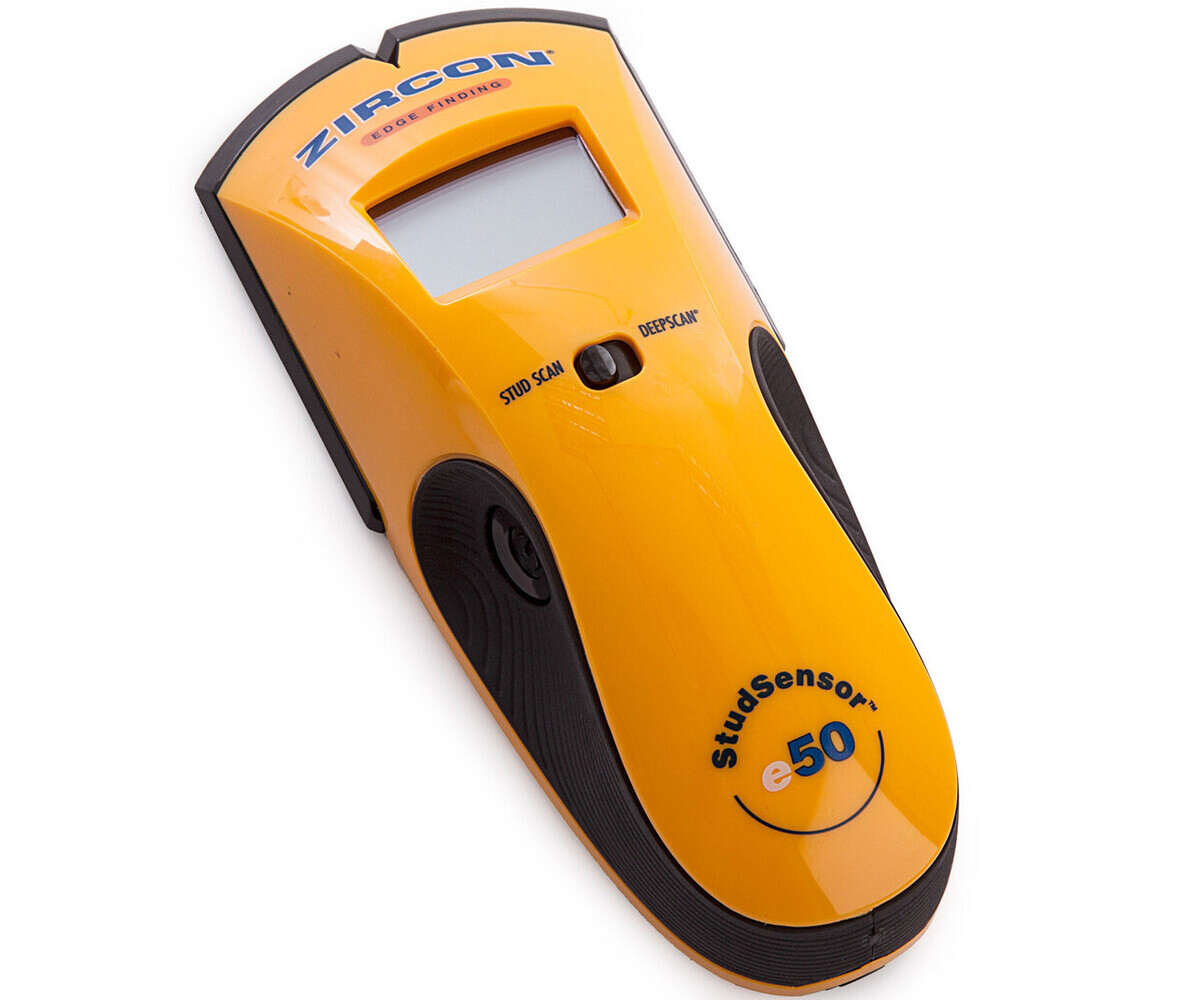
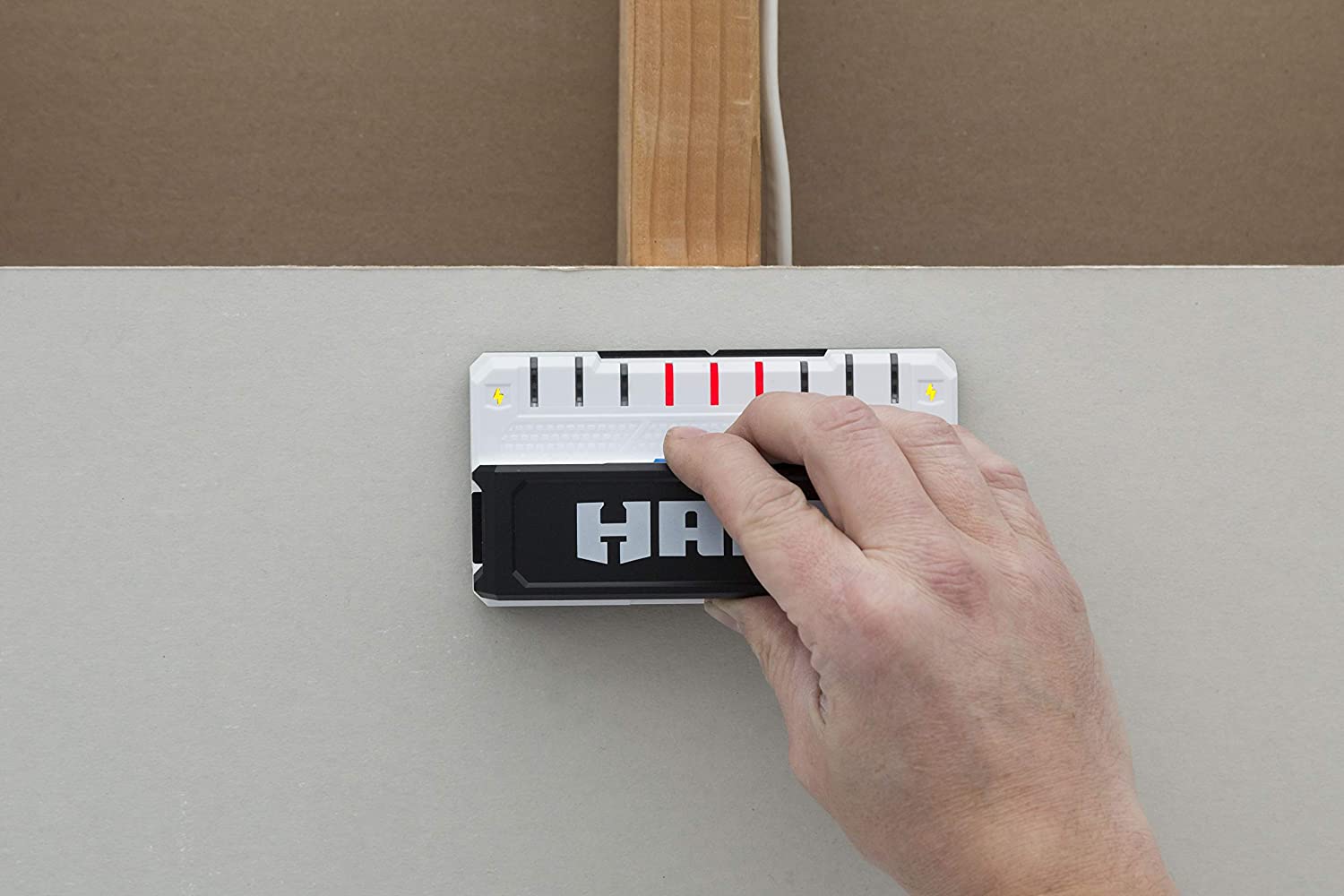
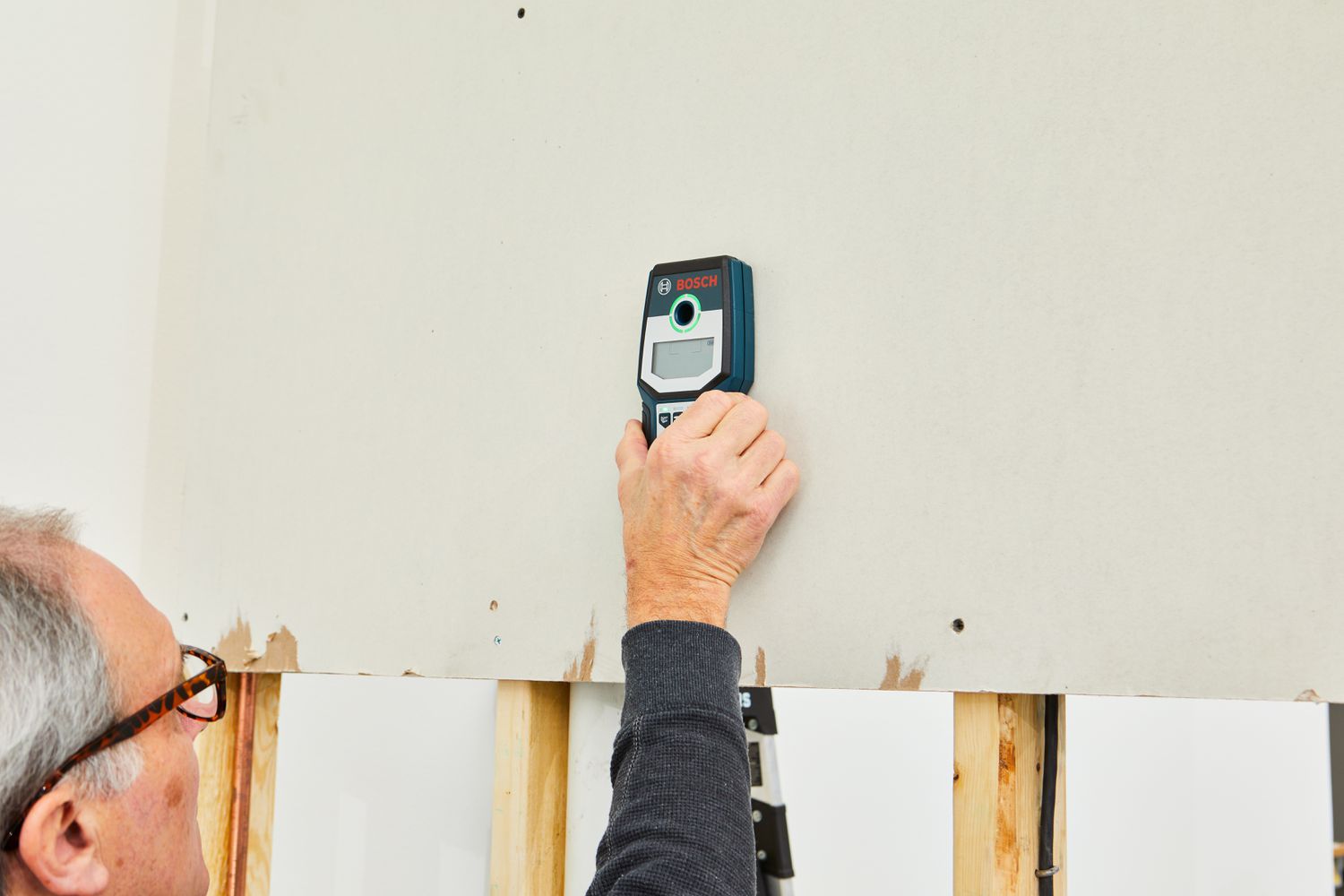
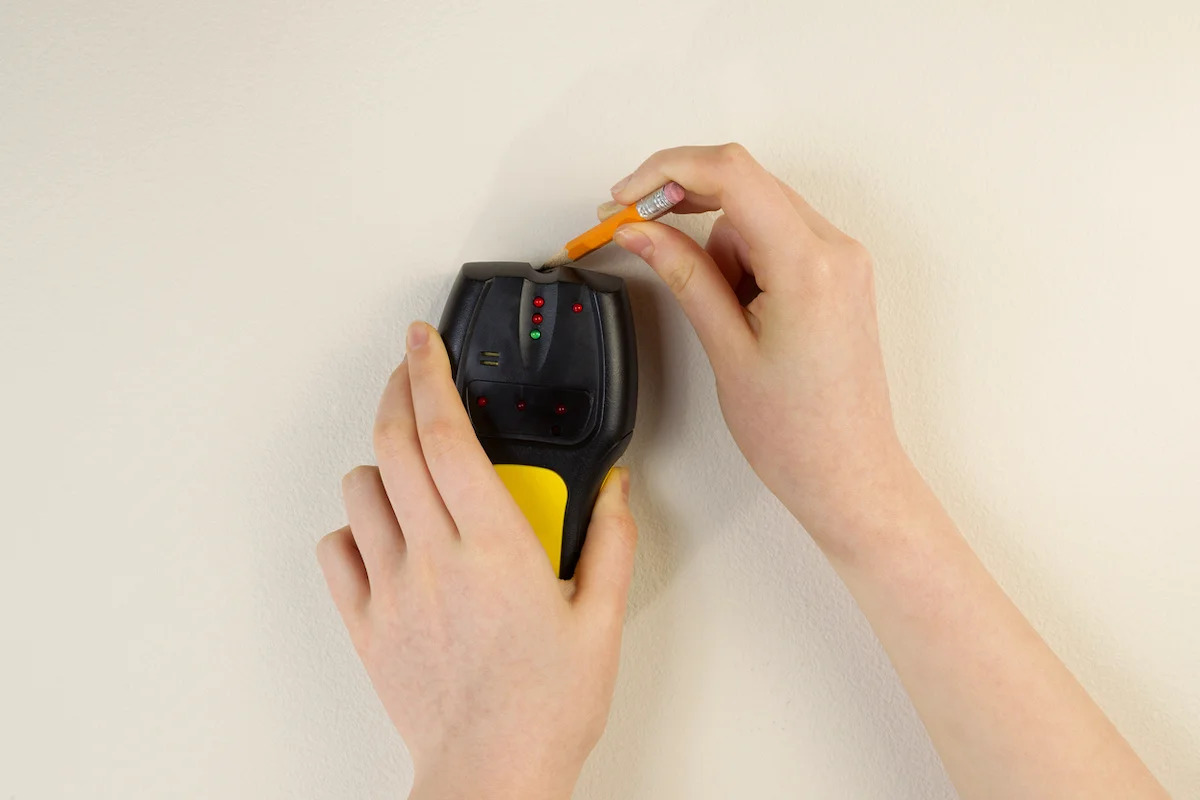
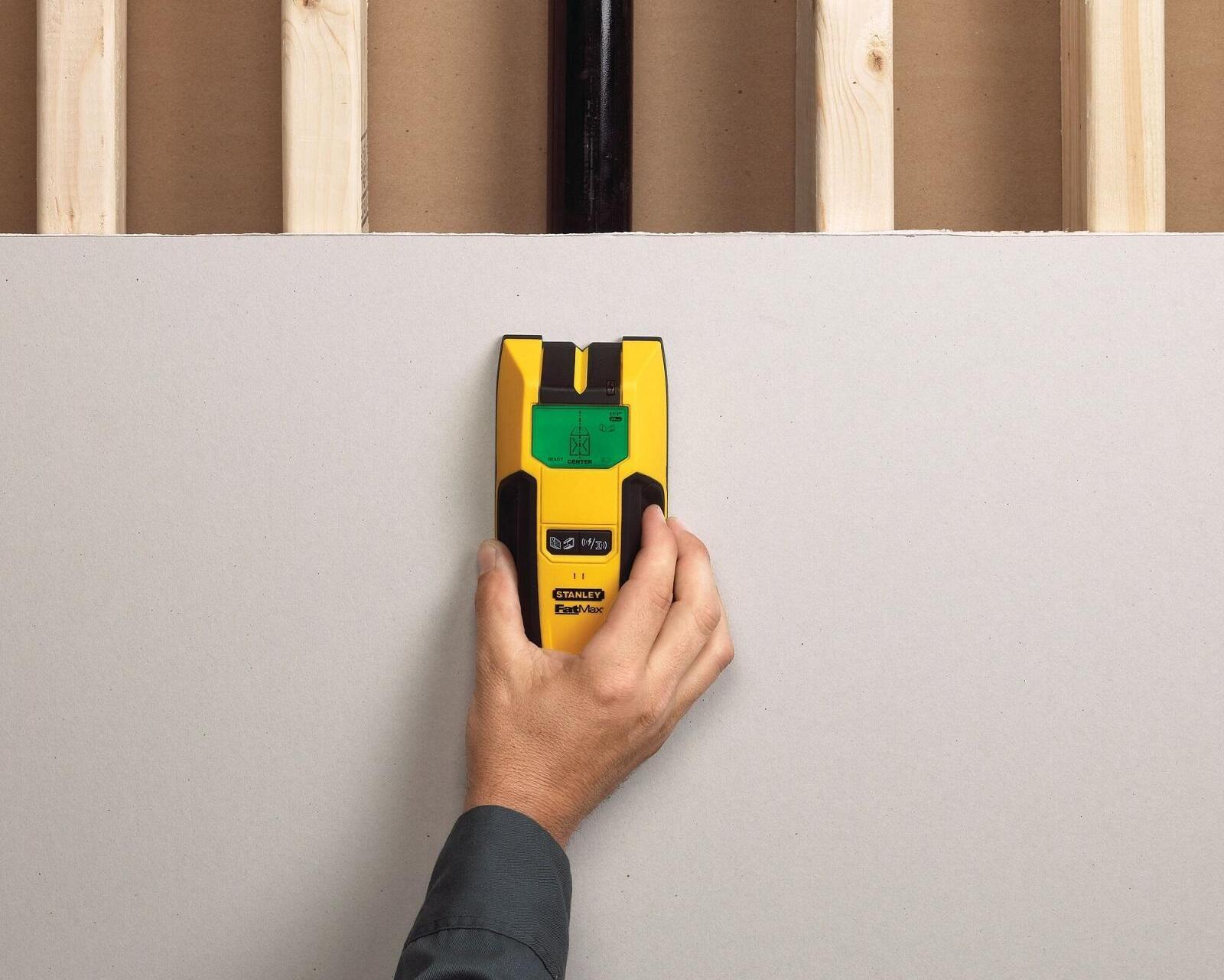
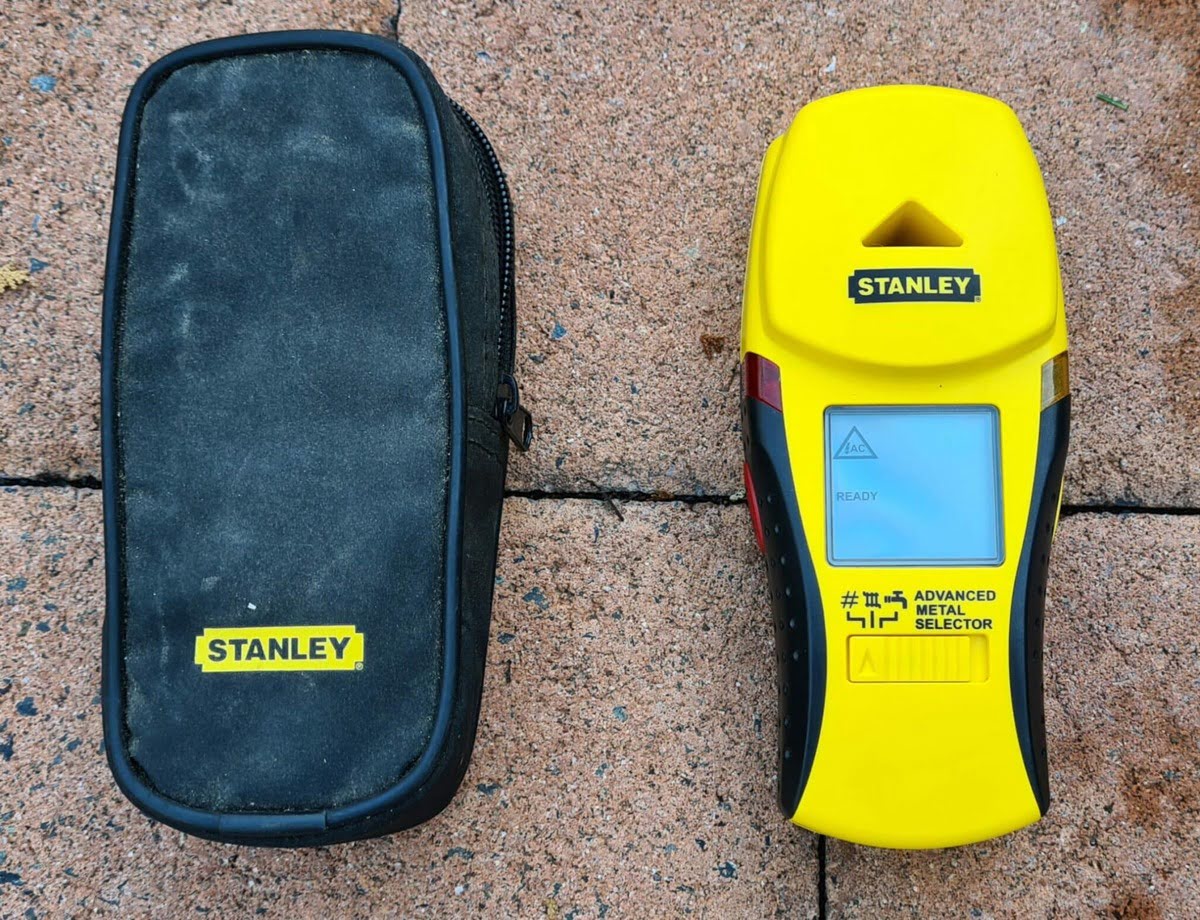
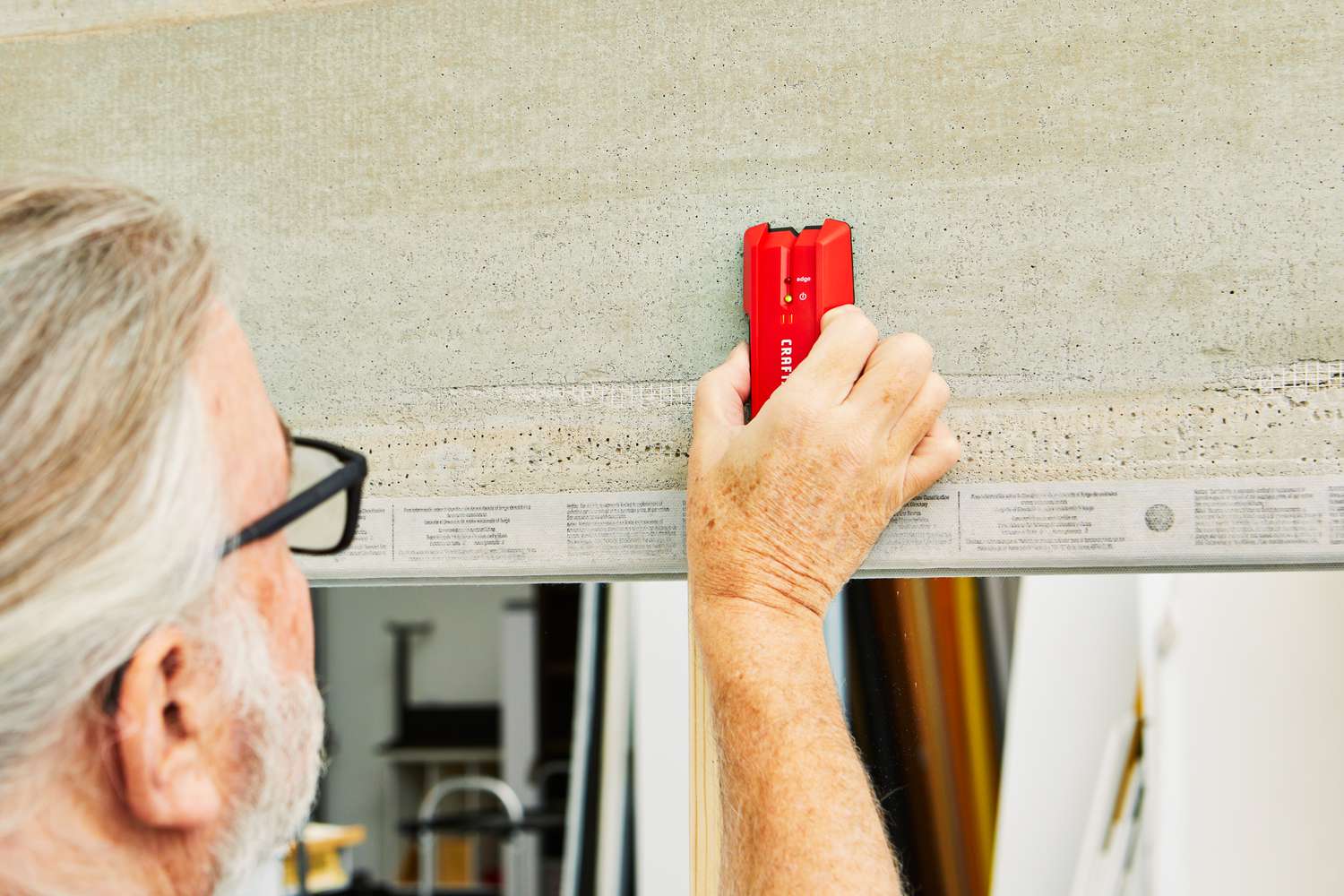
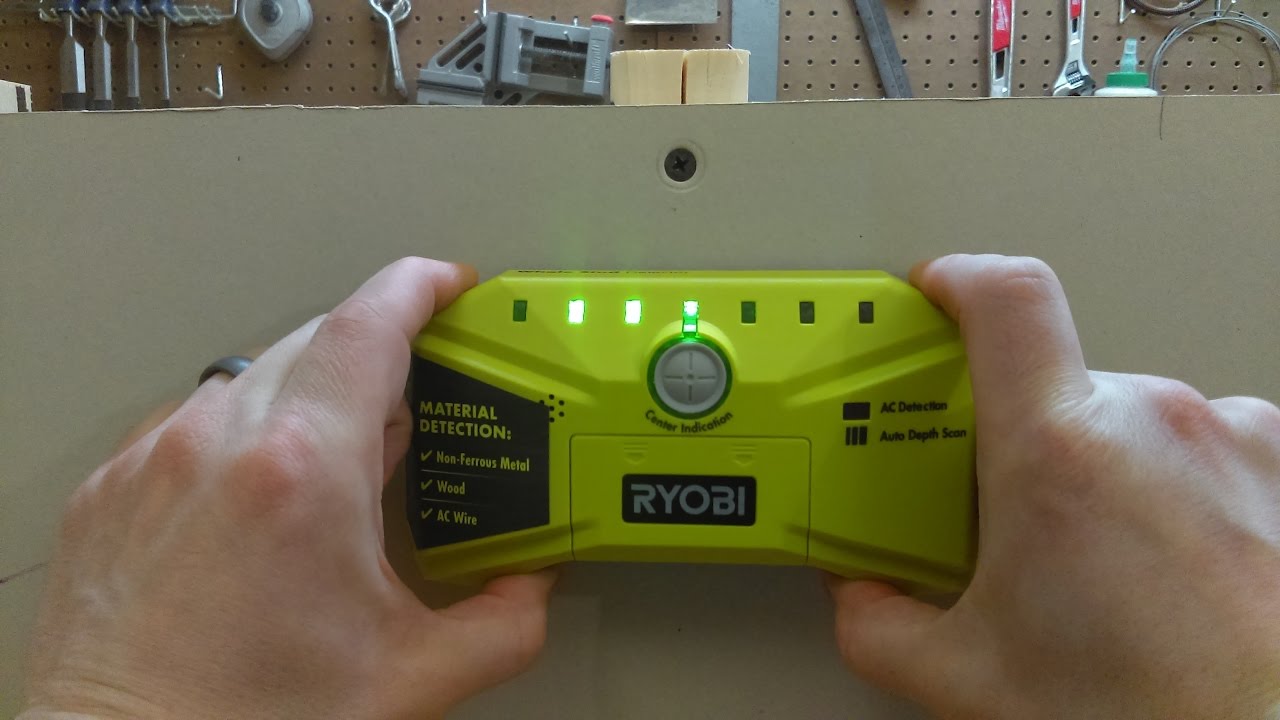
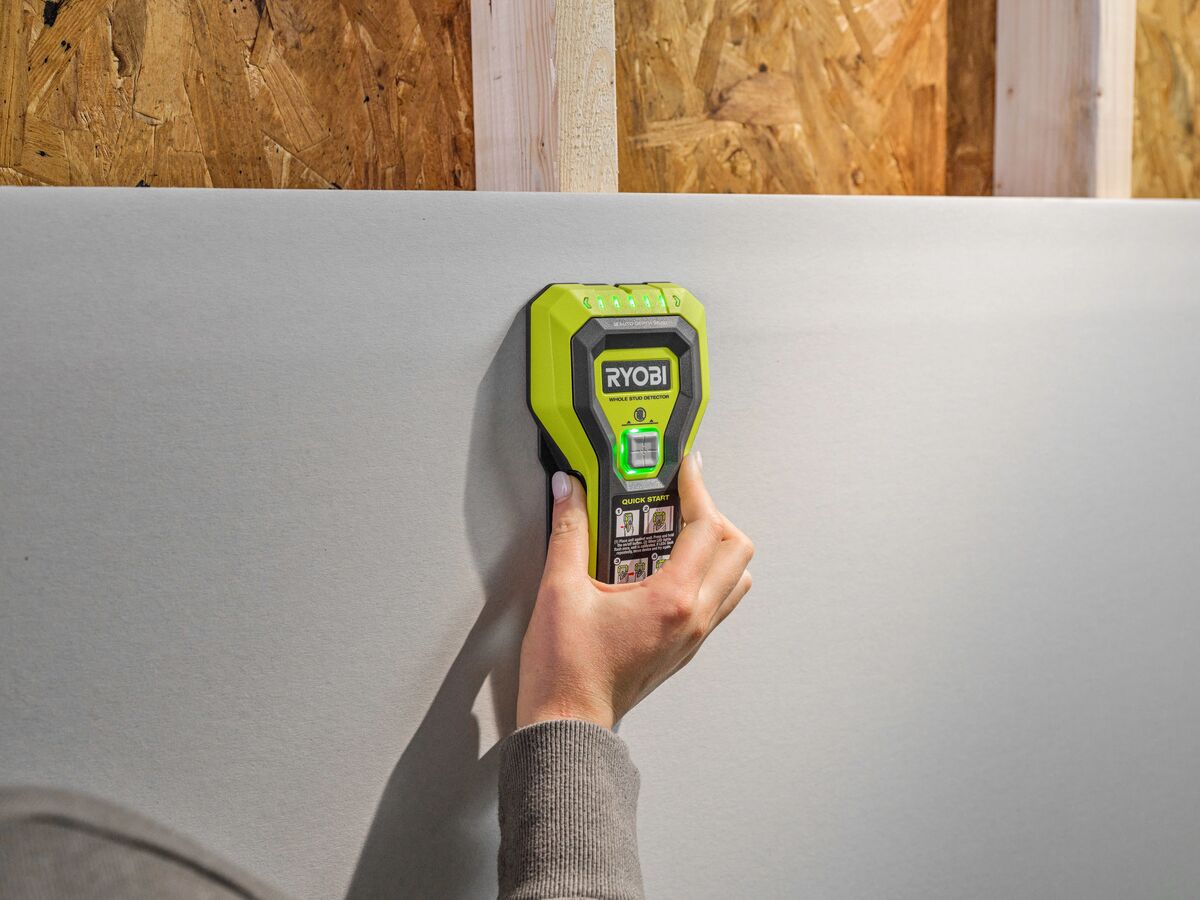
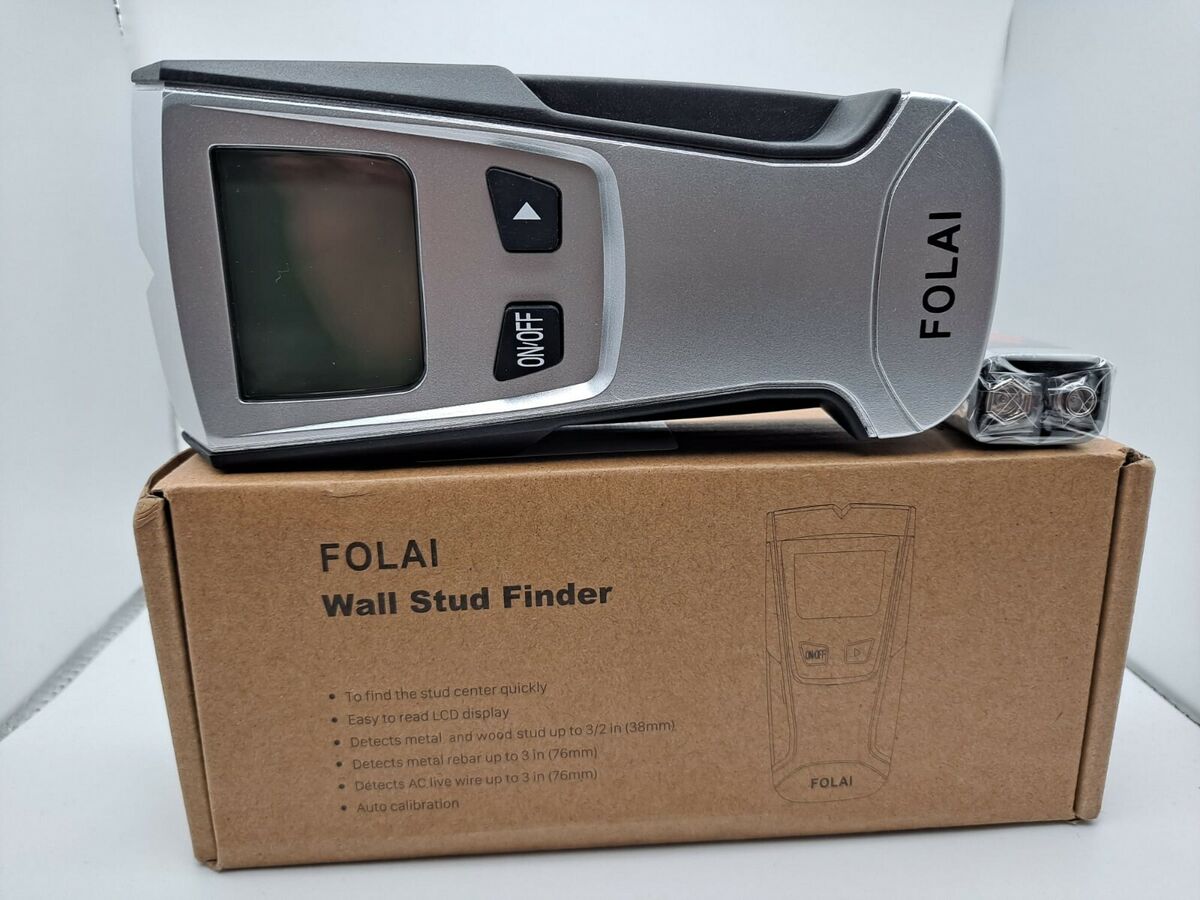
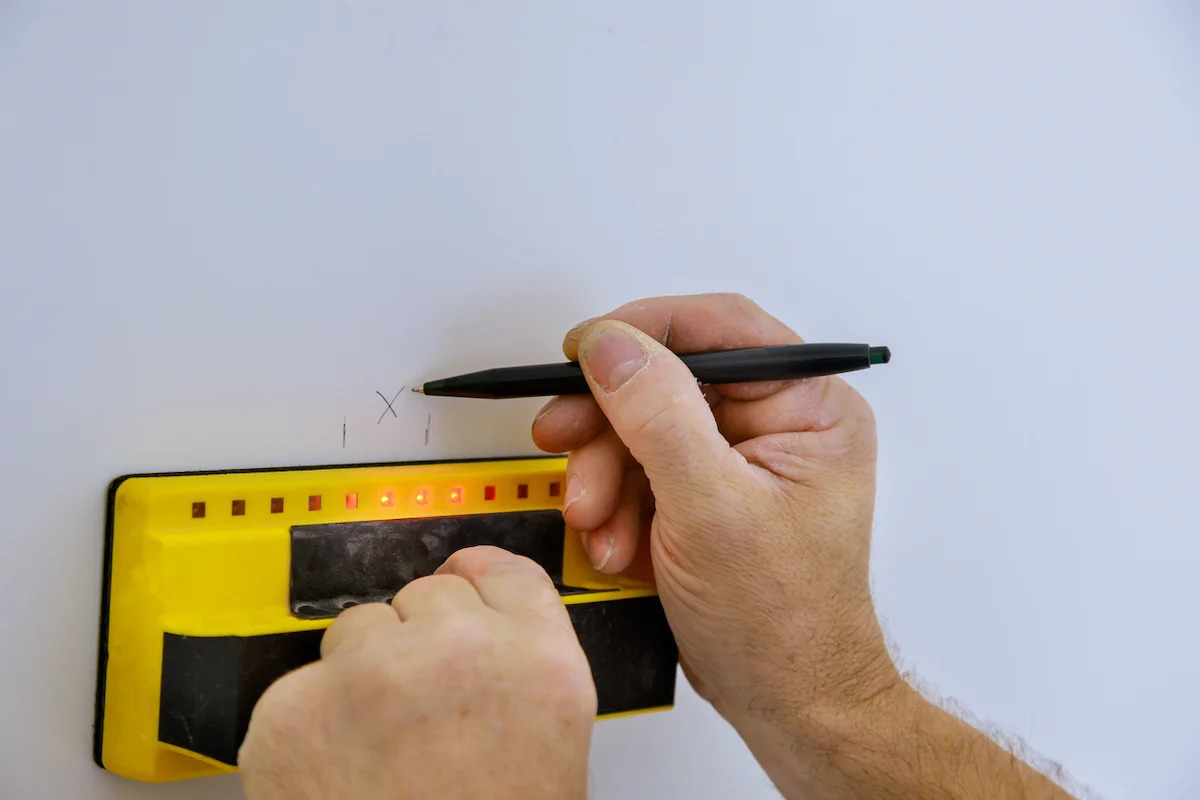
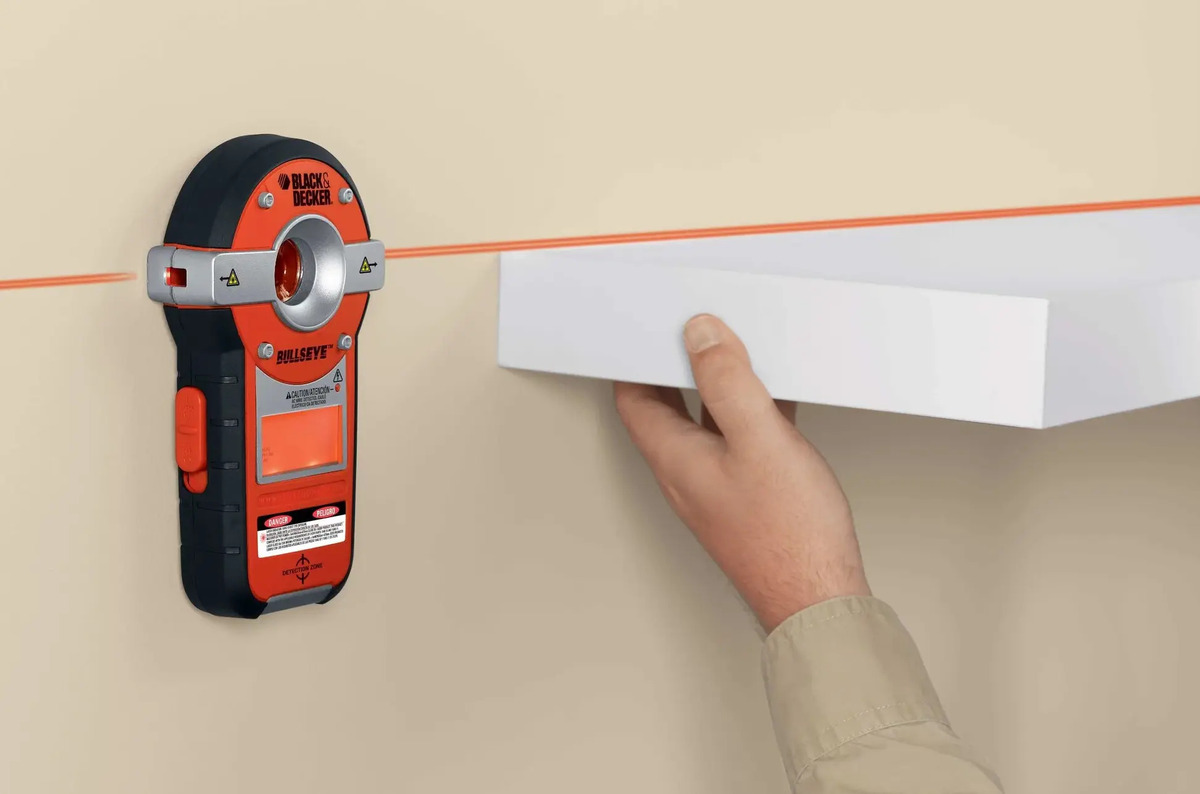

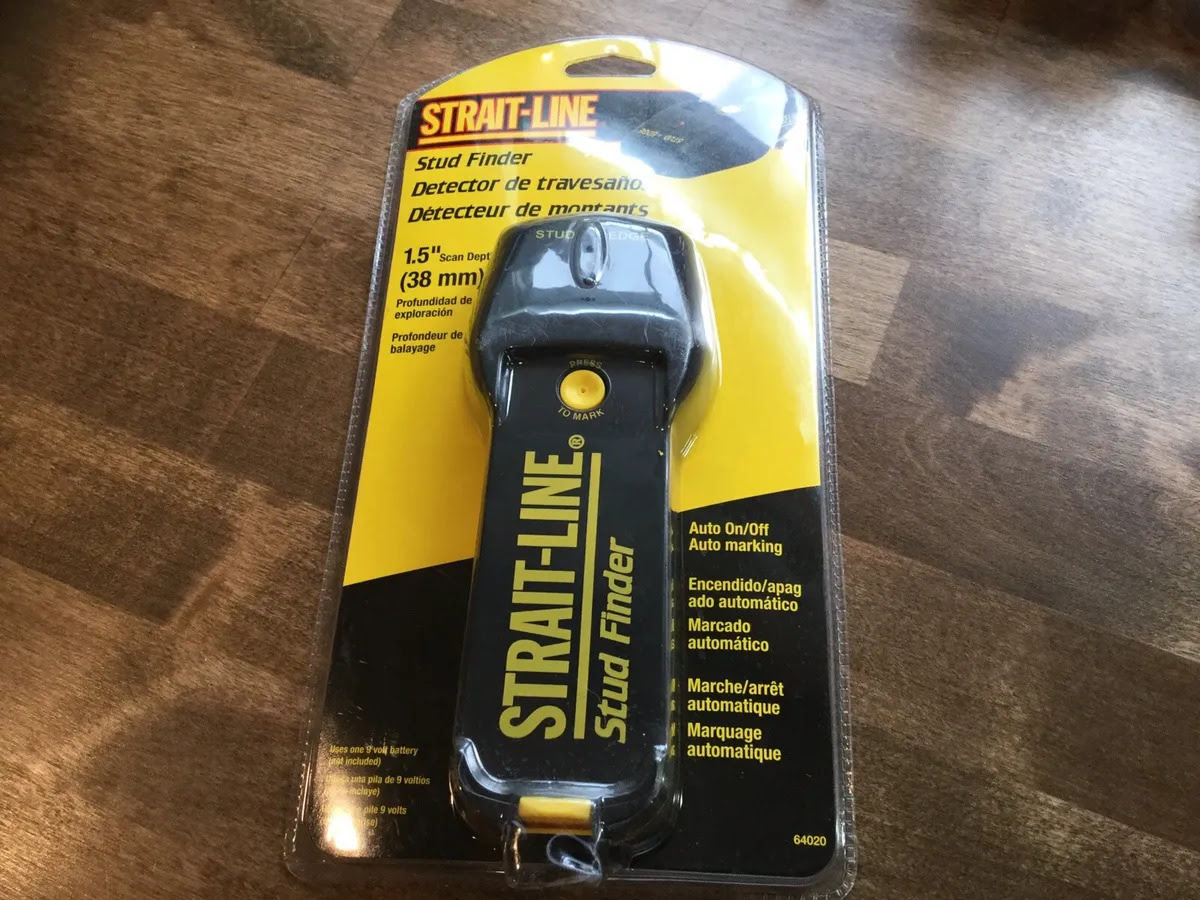

0 thoughts on “How To Use Magnetic Stud Finder”